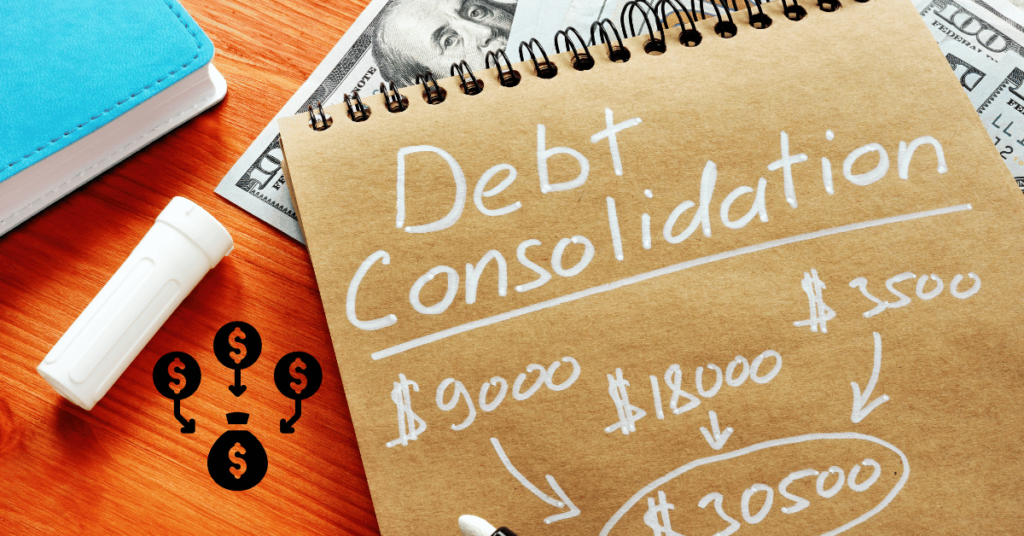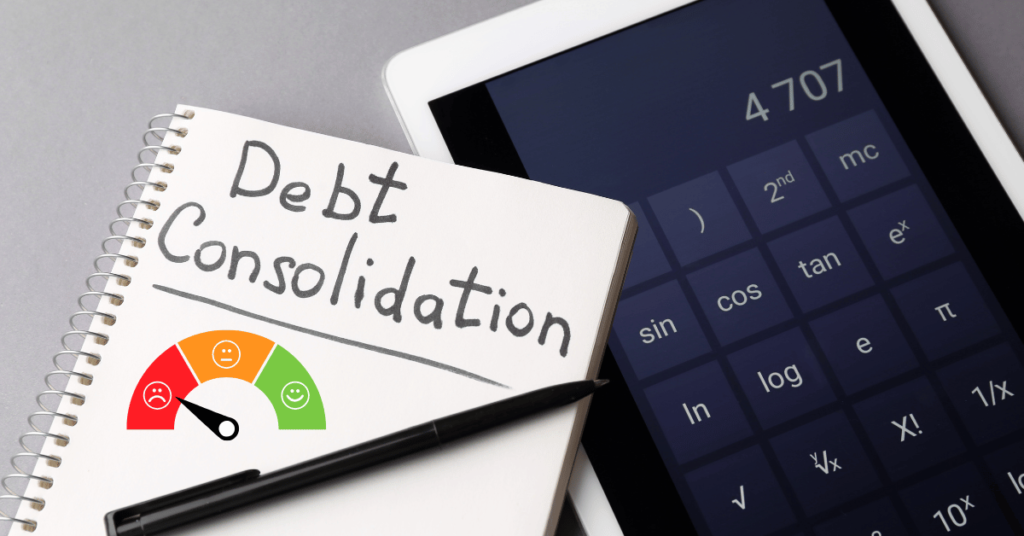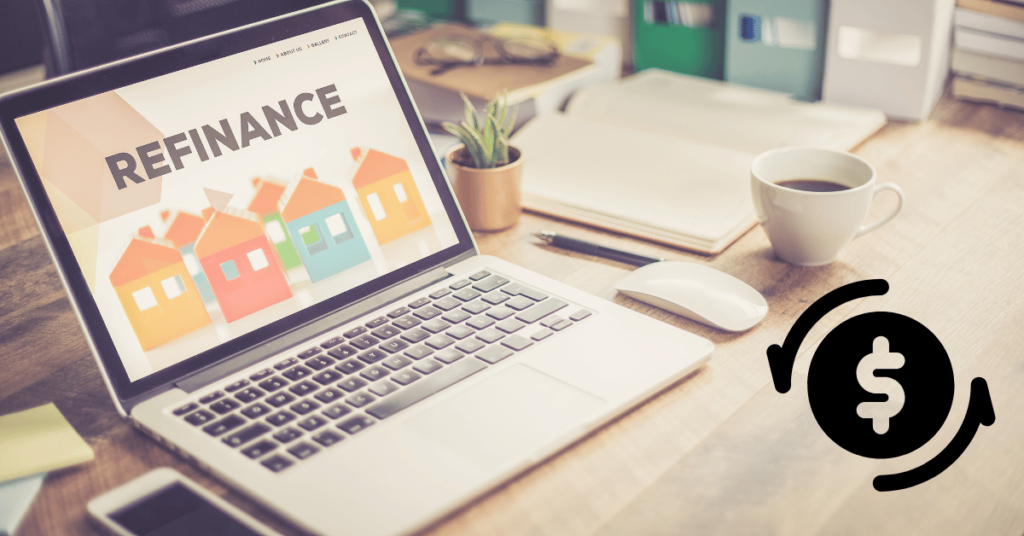Debt can often feel overwhelming, especially when multiple loans or credit card balances accumulate. Consolidating your debt into a single personal loan can simplify payments and potentially lower your interest rates.
In this guide, we will explore how to consolidate debt using a personal loan, the benefits of this approach, and the steps to take to get started.
What is Debt Consolidation?
Debt consolidation involves combining multiple debts into one loan, allowing you to make a single monthly payment. This can be achieved through various methods, but using a personal loan is one of the most popular options.
Benefits of Debt Consolidation
- Simplified Payments: Instead of managing multiple payments and due dates, you only have to focus on one loan.
- Lower Interest Rates: Personal loans may offer lower interest rates than credit cards, which can save you money in the long run.
- Fixed Monthly Payments: Unlike credit cards, which can fluctuate, personal loans typically have fixed interest rates and monthly payments, making budgeting easier.
- Improved Credit Score: Consolidating debt can positively impact your credit score by reducing your credit utilization ratio and improving payment history if managed responsibly.
How to Consolidate Debt with a Personal Loan
Step 1: Assess Your Debt
Before you consider consolidating, take a detailed look at your existing debts. List the amounts, interest rates, and monthly payments for each debt. This will help you understand how much you need to borrow and whether consolidation makes sense.
Step 2: Check Your Credit Score
Your credit score plays a significant role in the interest rates you’ll receive on a personal loan. Obtain a copy of your credit report to check your score and identify any areas for improvement.
Step 3: Shop Around for Personal Loans
Research various lenders to find the best personal loan options. Look for:
- Interest Rates: Aim for rates lower than your current debts.
- Loan Terms: Consider the length of the loan and how it affects your monthly payments.
- Fees: Be aware of any origination fees or penalties for early repayment.
Step 4: Calculate Your Debt-to-Income Ratio
Your debt-to-income (DTI) ratio is a measure of how much of your income goes toward debt payments. Lenders typically look for a DTI ratio of 36% or lower. Calculate your DTI by dividing your total monthly debt payments by your gross monthly income.
Step 5: Apply for the Loan
Once you’ve found a suitable loan, gather the required documentation, which may include:
- Proof of income (pay stubs, tax returns)
- Identification (driver’s license, Social Security number)
- Information about your existing debts
Complete the application process, which may include a hard credit inquiry.
Step 6: Use the Loan to Pay Off Debts
If approved, use the personal loan funds to pay off your existing debts. Ensure you pay off high-interest debts first to maximize your savings.
Step 7: Create a Budget and Stick to It
After consolidating your debt, it’s crucial to establish a budget that prioritizes your new loan payments. Avoid accumulating new debt by using credit responsibly.
Conclusion
Consolidating debt with a personal loan can be a smart financial move for those struggling with multiple payments and high-interest rates. By following the steps outlined in this guide, you can simplify your financial situation, lower your monthly payments, and work towards a debt-free future. Always remember to compare loan options and maintain a budget to maximize the benefits of consolidation.
If you have any questions feel free to comment down below. We are always here to guide you!
FAQs
1. What is debt consolidation?
Debt consolidation is the process of combining multiple debts into a single loan, allowing you to make one monthly payment instead of managing multiple debts.
2. How does consolidating debt work?
When you consolidate debt with a personal loan, you borrow a new loan to pay off your existing debts. You then repay the personal loan over time, typically at a lower interest rate.
3. What are the benefits of consolidating debt with a personal loan?
Benefits include simplified payments, potentially lower interest rates, fixed monthly payments, and the potential for improved credit scores if managed responsibly.
4. How do I know if debt consolidation is right for me?
Evaluate your current debts, interest rates, and monthly payments. If you have high-interest debts and a good credit score, consolidation may be beneficial.
5. How can I find the best personal loan for debt consolidation?
Shop around and compare lenders based on interest rates, loan terms, fees, and customer reviews. Consider your credit score and income when applying.
6. What documents do I need to apply for a personal loan?
You will typically need proof of income, identification, and information about your existing debts, such as balances and payment histories.
7. Will consolidating my debt hurt my credit score?
Consolidating debt can initially impact your credit score due to the hard inquiry during the application process. However, it can improve your score over time if you make timely payments.
8. Can I consolidate secured and unsecured debts?
Yes, you can consolidate both secured (e.g., mortgage or auto loans) and unsecured debts (e.g., credit cards) using a personal loan, but make sure to understand the risks involved.
9. What should I do after consolidating my debt?
Create a budget that prioritizes your new loan payments and avoid accumulating new debt to ensure you stay on track towards financial stability.
10. Are there alternatives to debt consolidation loans?
Yes, alternatives include debt management plans, credit counseling, balance transfer credit cards, or negotiating with creditors for lower interest rates or payment plans.




